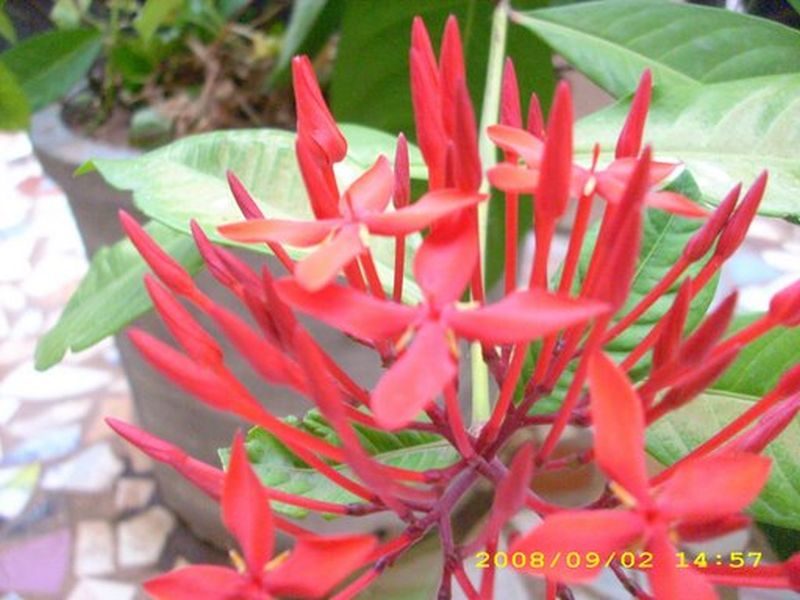Tiangong 1 crashed down on earth from space on Monday. It burnt up somewhere over South Pacific Ocean, but the exact location where it crashed not known as yet. The China Manned Space Engineering Office confirmed that most parts of the Chinese space station had been ‘ablated’ during its re-entry into the earth’s atmosphere. The space station which was the size of a bus (11 ft wide and 34 ft long) and was the country’s first and foremost space station. Tiangong 1 tracking was carried out by US and China as well as other space enthusiasts too:
Tiangong 1 tracking
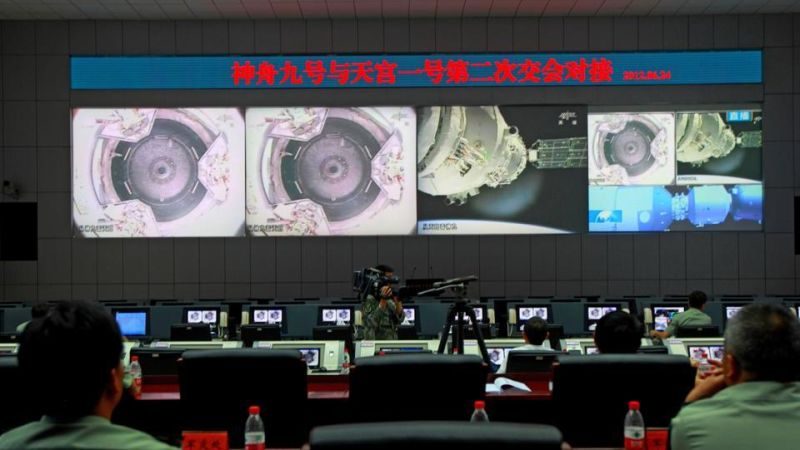 Image Source : hindustantimes.com
Image Source : hindustantimes.com
The Chinese space station had been blasted into its orbit on Long March rocket in the year 2011. The name Tiangong means ‘Heavenly Palace’ and the international space station marked the beginning of a new era of China’s space program. The space station had been launched in 2011 and its operations came to an end in 2016. Since then, though Tiangong 1 tracking was carried out by China, the country had no control over it. Chinese authorities, however, deny this and claim that they had been controlling the space station to a certain degree.
A brief history of Tiangong 1
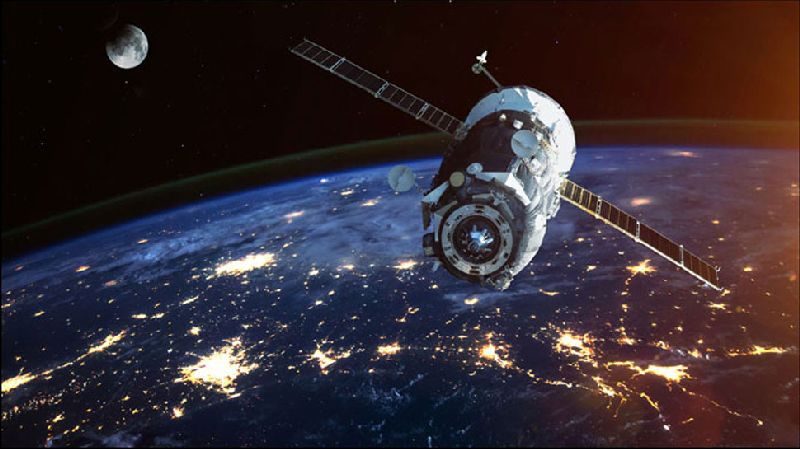 Image Source : ste.india.com
Image Source : ste.india.com
The international space station had room for two astronauts but the last astronauts on board the Tiangong were brought back in 2013. Since then, the international space station developed by China as a prototype gradually began to wind down. The Tiangong 1 tracking was carried out by the US Strategic Command’s Joint Force Space Component Command (JFSCC) as it hurtled through space from its orbit towards Earth. The JFSCC used Space Surveillance Network with their orbital analysis system to confirm the space station’s re-entry into the Earth’s atmosphere.
Tiangong 1 weighed more than 8 metric tons or 9 tons and its two main parts were the ‘experimental module’ which could house visiting ‘taikonauts’ (Chinese for astronauts). The other part was a research module which housed the space station’s solar energy and propulsion systems. The Tiangong was orbiting the Earth at 350 km over it.
The function of Tiangong 1
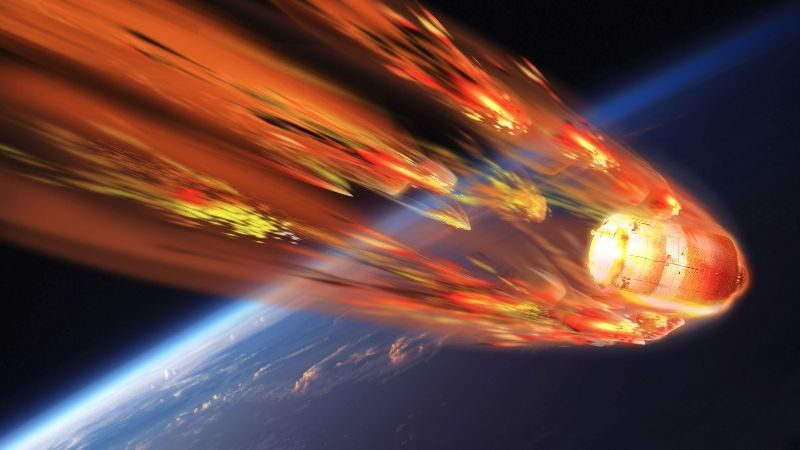
Image Source : ibtimes.co.uk
The main function of the craft was to help the country master the know-how required to operate and assemble a space station in the Earth’s orbit. The space station was the forerunner of China’s space station program and paved the way for other space stations. It had many firsts. For example, a significant milestone was achieved when on Nov 2, 2011, Shenzhou 8 completed China’s first orbital docking. Another huge breakthrough for China was when three Chinese astronauts were able to link their spacecraft Shenzhou 9 to Tiangong 1 and boarded the space station for some time.
Three taikonauts visited Tiangong in June 2013 and stayed on Tiangong for two weeks.
The design of the space station was such that it had a lifetime of only 2 years, and the work of Tiangong was almost finished by 2013, but it kept on doing some observation work. Engineers and researchers kept in touch with the space station until March 2016, when there was a stop to data transmission. China has never specified why this happened, but from that point of time, uncontrolled re-entry of Tiangong into Earth’s atmosphere was inevitable.
Chinese officials insist that the Tiangong was controlled till the last moment, though China’s definition of ‘control’ is not the same as that of the rest of the world.
Tiangong 1 tracking was carried out successfully by the JFSCC, as part of their policy to monitor space as well as the thousands of pieces of debris which are congesting the space above Earth. Their monitoring is to enhance the safety of spaceflight as well as increasing transparency between nations regarding their space initiatives. This would ensure a secure space domain for the future.
Was there a chance of being hit by the burning space station?
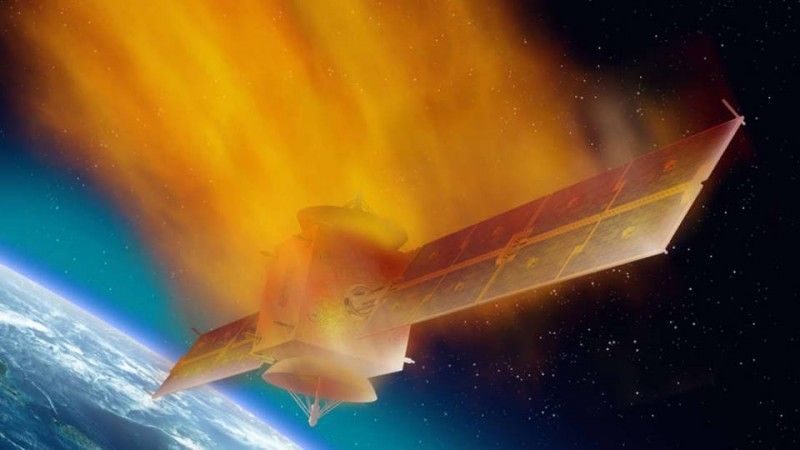 Image Source : data1.ibtimes.co.in
Image Source : data1.ibtimes.co.in
Most of the pieces were burnt, but some pieces managed to survive the fall. There was less than one in a trillion chance of being hit by a burning chunk of the Heavenly Palace.
If you live near the South Pacific, do not pick up any part of Tiangong 1, and don’t go near it either. The fumes are highly dangerous and the parts would be contaminated by the poisonous rocket fuel called hydrazine.
China launched Tiangong 2 in 2016 September, which hosted three astronauts and Tianzhou 1 rendezvoused with Tiangong 2 some months later, and performed refueling and docking operations. The successful outcome of these missions has enabled China to plan a permanent space station in space.


